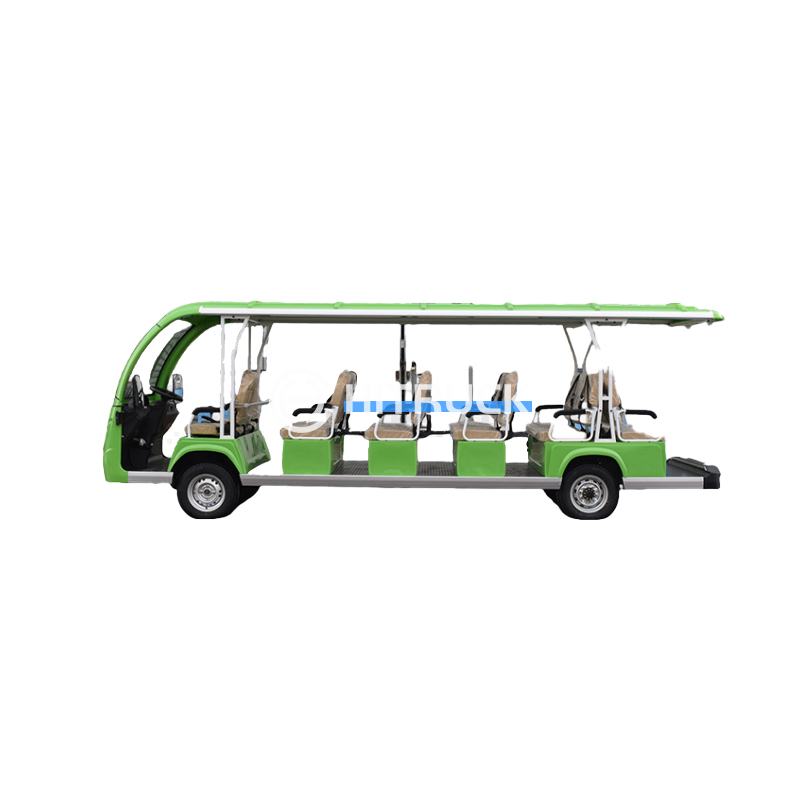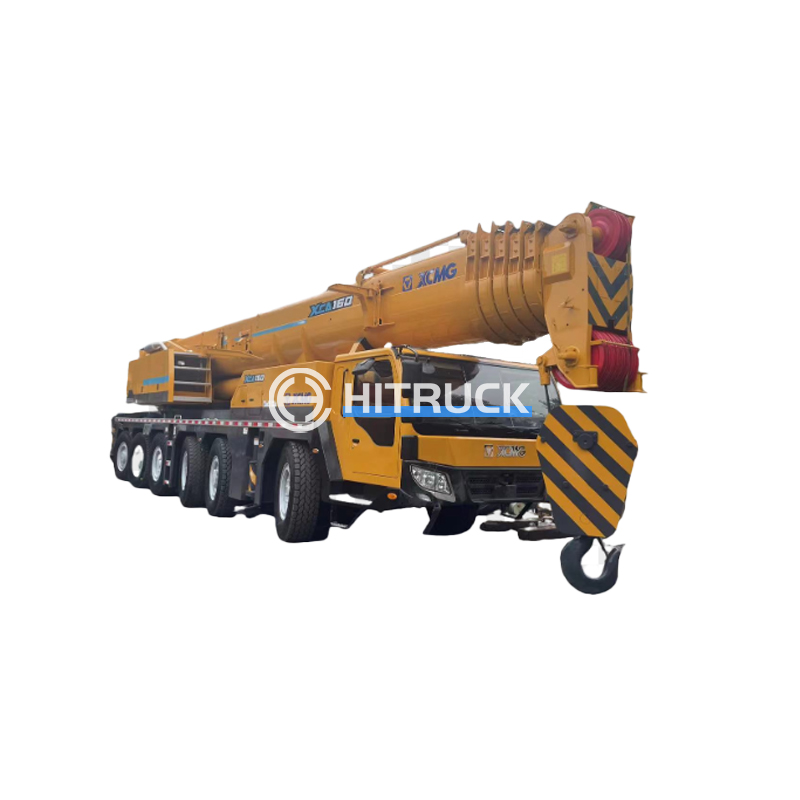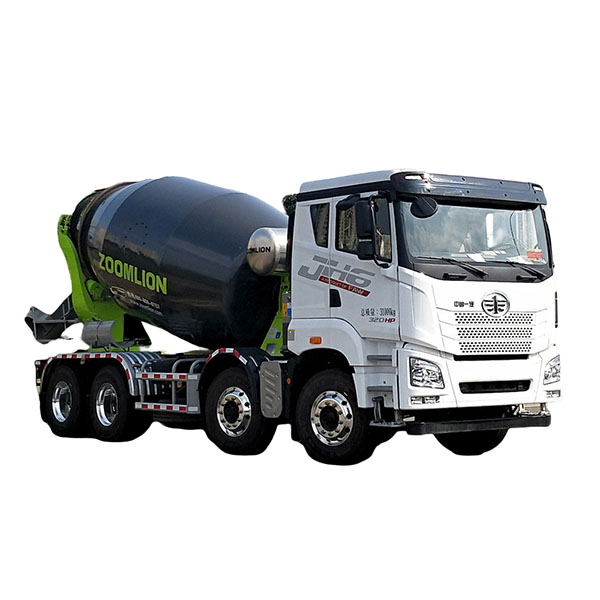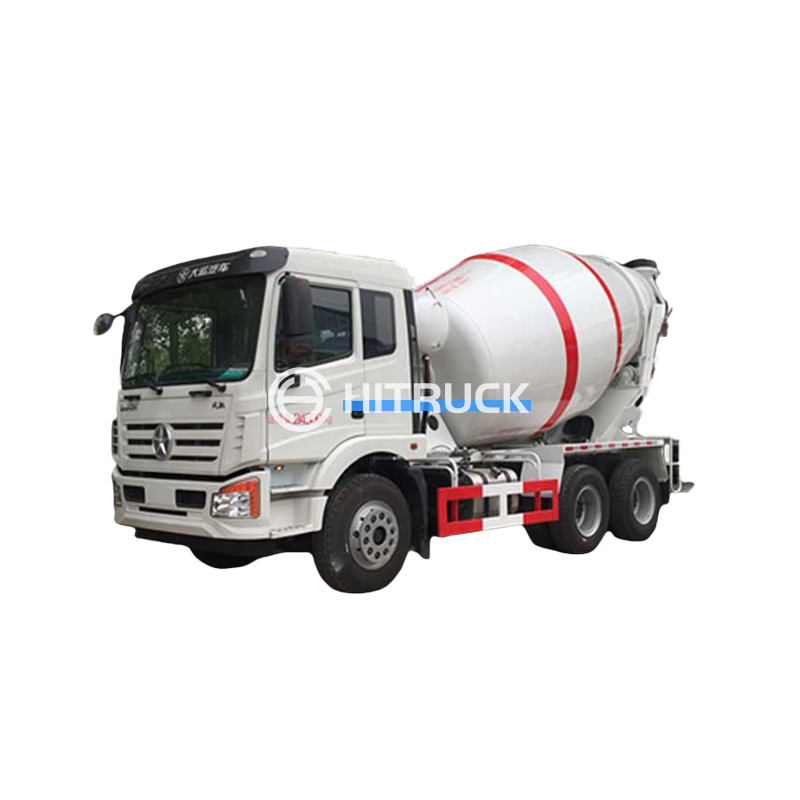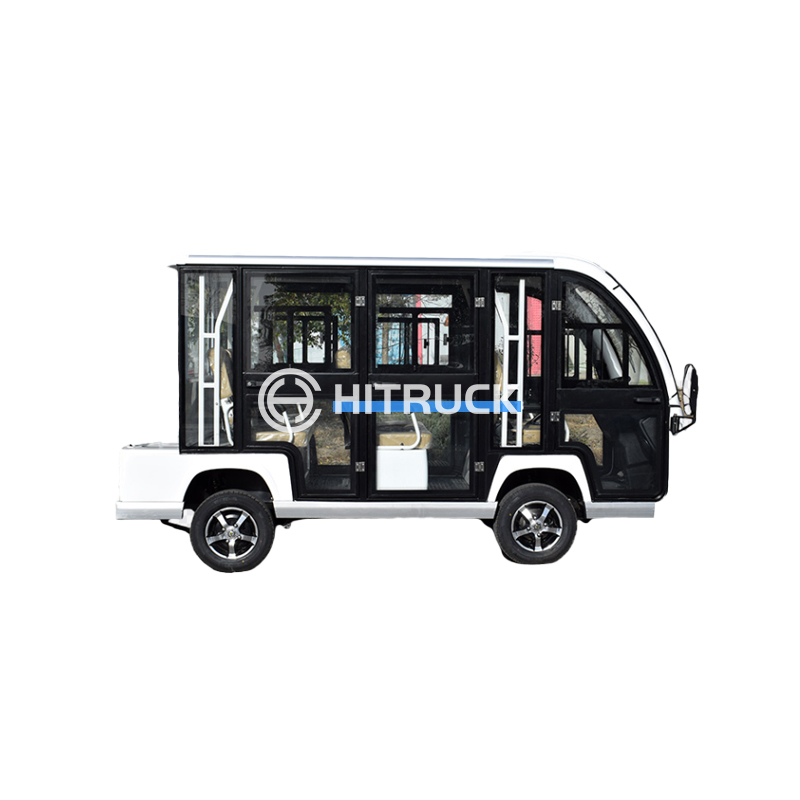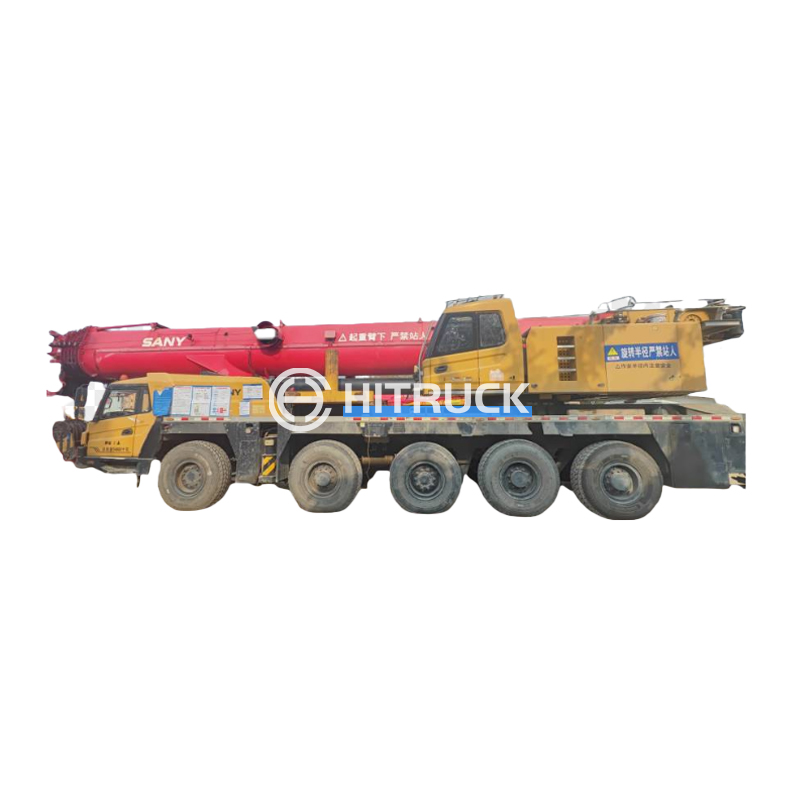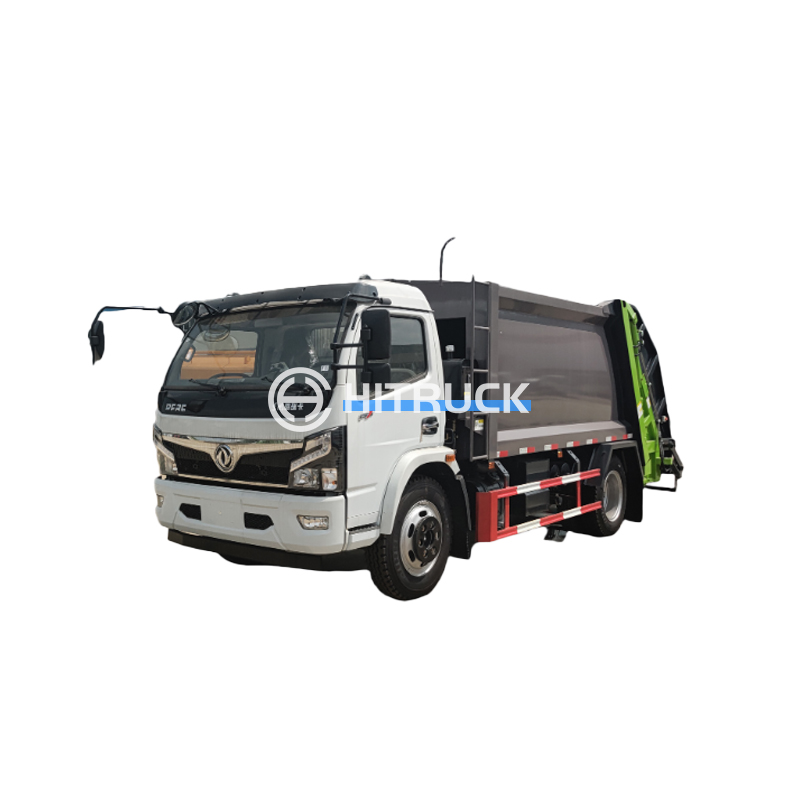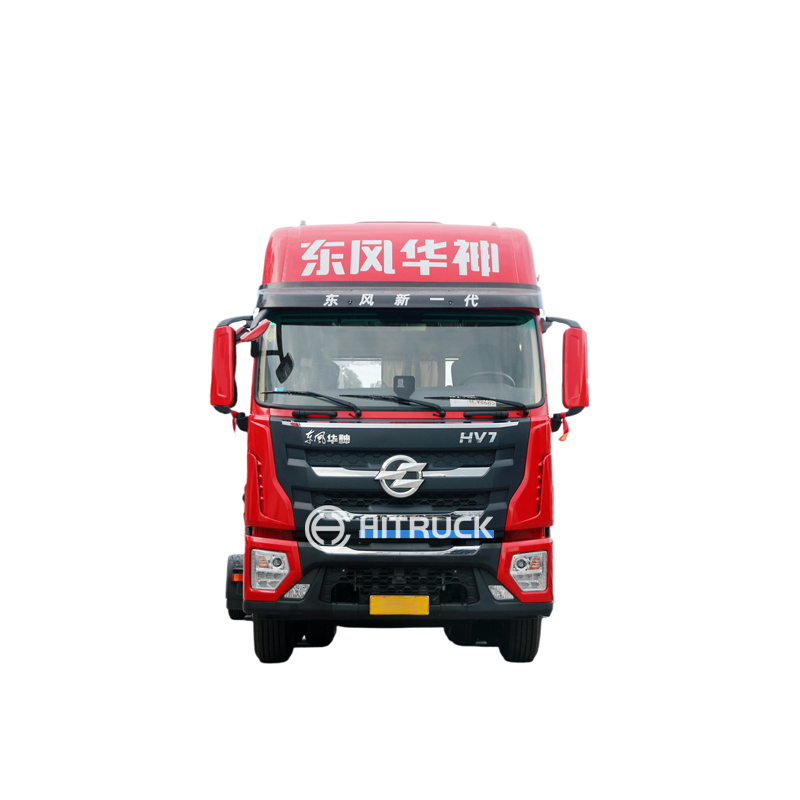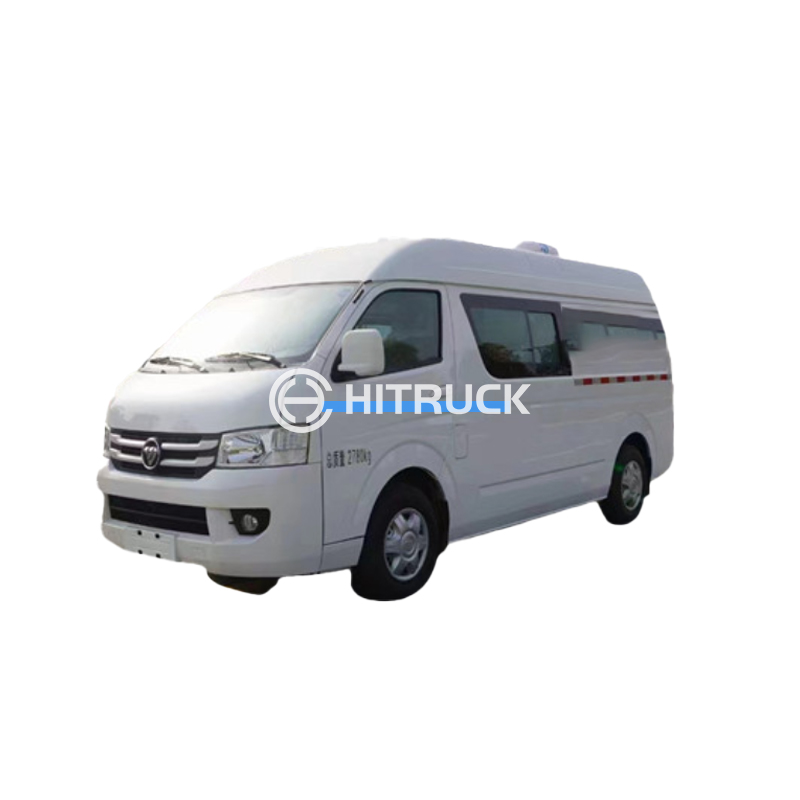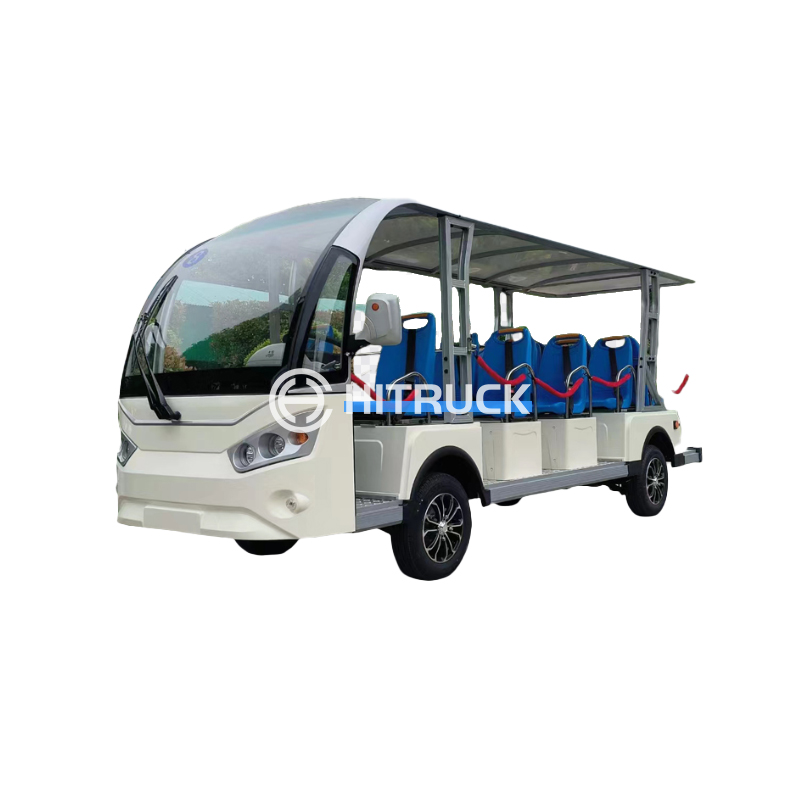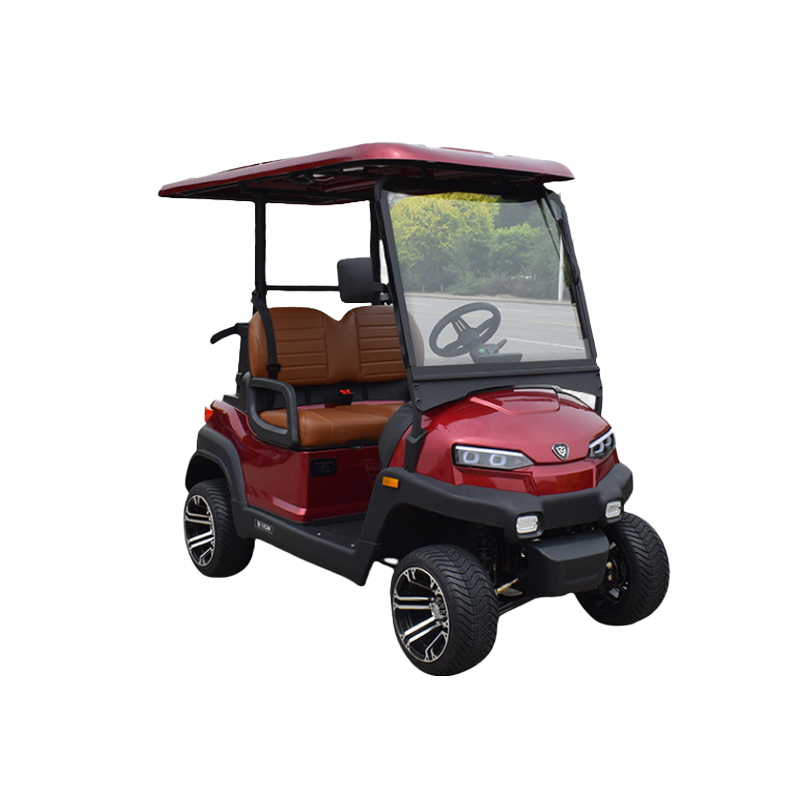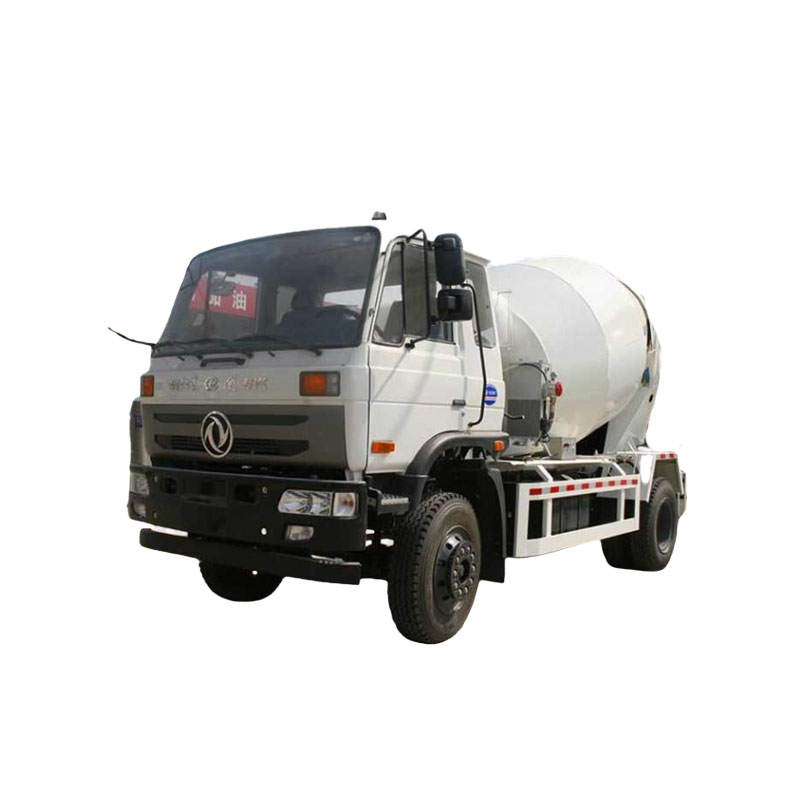Choosing the right fire truck is crucial for effective fire suppression and emergency response. This guide explores various types of fire trucks, their features, and factors to consider when making a purchase or recommending one for your community. We delve into the specifics, helping you understand what makes a fire truck truly best for different needs.
Engine companies are the backbone of most fire departments. They carry large amounts of water and firefighting equipment, including hoses, nozzles, and tools for forcing entry. The size and capacity vary widely depending on the needs of the department and the types of fires they typically encounter. For example, a smaller engine company might be suitable for a rural area with primarily brush fires, while a larger one is essential for a city with high-rise buildings. Consider factors like pump capacity (gallons per minute), tank size, and the types of nozzles included when evaluating engine companies.
Ladder companies are indispensable for high-rise fires and rescues. They carry aerial ladders, which can extend to significant heights, allowing firefighters to access upper floors and rescue people trapped in buildings. Key features to consider include ladder length, the type of aerial device (articulating or straight), and the inclusion of other rescue equipment like ground ladders and rescue tools.
Rescue companies specialize in extrication and technical rescue operations. These fire trucks are equipped with specialized tools and equipment for rescuing people from trapped vehicles, collapsed structures, and other hazardous situations. They often carry hydraulic rescue tools (the Jaws of Life), specialized cutting tools, and other equipment for stabilization and patient extraction. The specific tools and equipment vary depending on the anticipated rescue needs of the department.
Beyond the basics, many specialized fire trucks exist, including:
Selecting the best fire truck requires careful consideration of several factors:
Fire trucks represent a significant investment. Departments must carefully consider their budget and prioritize the features that best meet their needs within their financial constraints. Purchasing a used fire truck can be a cost-effective alternative, but it's important to thoroughly inspect its condition and maintenance history.
The type of fire truck needed depends on the size and type of community served, the frequency and nature of fire incidents, and the department's response capabilities. A small department in a rural area will have different needs than a large urban department.
Reliable maintenance and readily available service are critical to ensure a fire truck remains operational. Choose a manufacturer or supplier with a strong reputation for service and parts availability. Consider factors such as the proximity of service centers and the availability of spare parts.
Modern fire trucks often incorporate advanced technology, including GPS navigation, improved lighting systems, and enhanced safety features. These technologies can improve response times and firefighter safety. Assess the availability and value of these features in relation to your budget and needs.
Finding a reliable supplier is just as important as choosing the right truck. Consider factors such as their experience, reputation, and the quality of their service and support. For high-quality fire trucks and exceptional customer service, consider contacting Suizhou Haicang Automobile sales Co., LTD for a consultation. They offer a wide range of options to fit diverse needs and budgets. They are a trusted source for reliable and durable fire trucks.
Determining the best fire truck is a multifaceted process. By carefully evaluating the various types, considering the specific needs of your department, and choosing a reliable supplier, you can ensure that your community has the best possible equipment for fire protection and emergency response.

